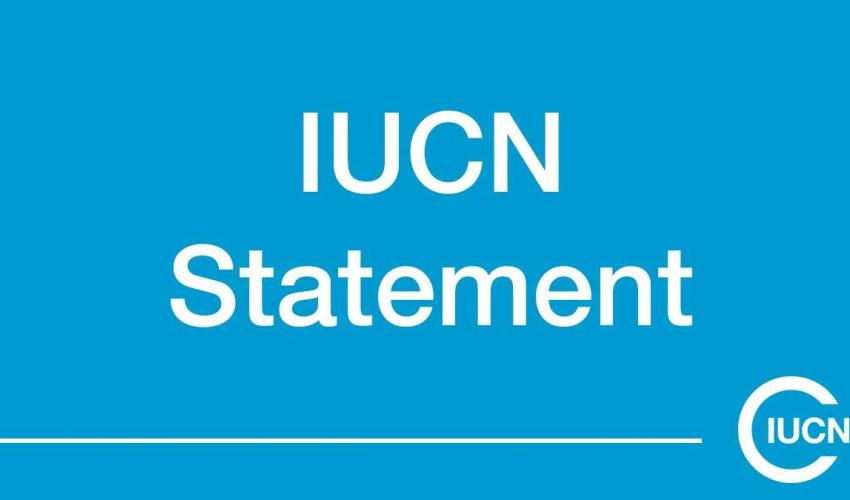Natural Solutions: Protected areas helping people cope with climate change
Natural Solutions: Protected areas helping people cope with climate change, from IUCN-WCPA, The Nature Conservancy, UNDP, Wildlife Conservation Society, The World Bank and WWF. A new report outlines the ways in which protected areas can help mitigate and adapt to climate change. Protected areas can contribute to the two main responses to climate change through:

Natural solutions
Photo: IUCN
Mitigation
- Storage of carbon: preventing the loss of carbon that is already present in vegetation and soils
- Capture of carbon dioxide: sequestering further CO 2 from the atmosphere in natural ecosystems
Adaptation
- Protecting human communities: maintaining ecosystem integrity, buffering local climate, reducing risks and impacts from extreme events such as storms, droughts and sea-level rise
- Providing basic livelihood needs: maintaining essential ecosystem services that help people cope with changes in water supplies, fisheries, disease and agricultural productivity caused by climate change
Opportunities to use protected areas in climate response strategies need to be prioritised by national and local governments and should draw on the full range of protected area management approaches and governance types. Many indigenous peoples and local communities are already actively conserving and managing ecosystems to provide climate buffers and these efforts require proper support, both in terms of policy and resources. A recent analysis by the World Bank found indigenous-controlled protected areas to be on average more effective than other protected areas in slowing deforestation.
At a global level, the Convention on Biological Diversity's (CBD) Programme of Work on Protected Areas should be deployed as a major climate change mitigation and adaptation tool. The role of protected areas as part of national strategies for supporting climate change adaptation and mitigation should also be recognised by the UN Framework Convention on Climate Change (UNFCCC). This means:
- UNFCCC: recognising protected areas as tools for mitigation and adaptation to climate change; and open up key climate change related funding mechanisms, including REDD and adaptation funds, to the creation, enhancement and effective management of protected area systems
- CBD: renewing the Programme of Work on Protected Areas at COP 10 to address more specifically the role of protected areas in responses to climate change, in liaison with other CBD programmes
The authors will be providing regular updates and will be collecting information and case studies to show how the various opportunities are working in practice over the coming months.
Citation: Dudley, N., S. Stolton, A. Belokurov, L. Krueger, N. Lopoukhine, K. MacKinnon, T. Sandwith and N. Sekhran [editors] (2009); Natural Solutions: Protected areas helping people cope with climate change, IUCN-WCPA, The Nature Conservancy, UNDP, Wildlife Conservation Society, The World Bank and WWF, Gland, Switzerland, Washington DC and New York.
Available from: https://www.iucn.org/downloads/natural_solutions.pdf



